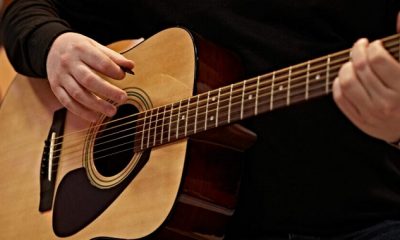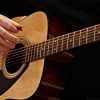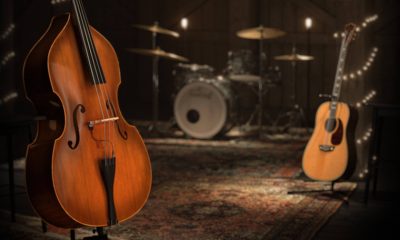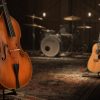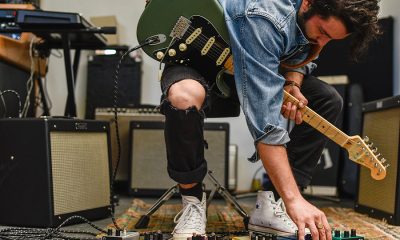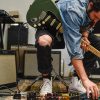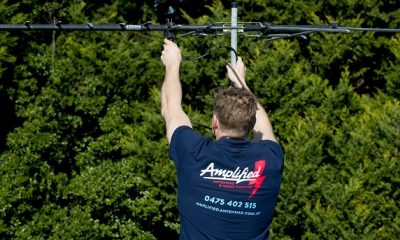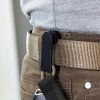Audio & Video
Are You Looking For Quality Sound? Here’s Why and How to Buy Beneficial Pro Audio Equipment
Whether you’re a professional musician, a sound engineer, a DJ, or simply someone who likes playing an instrument in their own time, chances are you’ve considered investing in high-end audio equipment.
It doesn’t matter if you’re a professional musician, a sound engineer, a DJ, or just someone who enjoys playing an instrument in their spare time; the chances are pretty good that at some point you’ve thought about seriously investing in your own high end audio gear. That and the possibility of building a studio in your own home.
A year (and in many cases, longer) of lockdowns, restrictions, and not being able to perform publicly has been a huge catalyst, en masse, for musicians and performers, pros and amateurs alike, to take a closer look at the benefits of making serious upgrades to their gear. For many creators of online content, in the example of audio marketers, voiceover artists, and live streamers, much like musicians, taking time away from the studio simply isn’t an option.
So, they come to the realisation that the decision to buy pro audio equipment is necessary to get the high-quality studio sound. Even telecommuters and deeply dedicated audiophiles recognise the advantages of investing in advanced gear, if only to a limited extent.
For telecommuters, pro-quality noise-cancelling headphones and mics are as essential as having internet connection. Whereas for audiophiles, the ones who absolutely must hear the music the way it would sound live, there’s no substitute for the sterile, studio sound that professional equipment produces.
The pro audio gear landscape
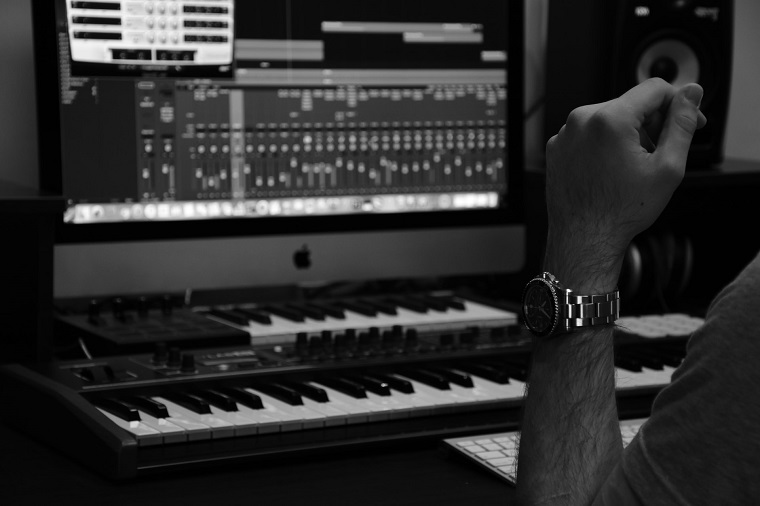
What’s often lost in professional audio discussions is just what precisely qualifies as “pro.” A broad swathe of equipment pieces falls under the description of “professional,” and they all have distinct applications.
The ground shaking bits that are carted to concerts on trailers, the public address systems that pipe strangely soothing music throughout hotels, and the mega-consoled showpieces installed at legendary recording studios like London’s Abbey Road and New York’s Hit Factory all qualify as “professional audio.”
The inherent purpose of each of these systems is the same – to deliver great sound – but how they differ in the benefits they offer as opposed to those from their consumer-related counterparts is dramatic.
· First and foremost, pro audio equipment is precisely what its name implies: professional.
Designed to perfectly balance audio signals from multiple sources while delivering the clearest, cleanest sound output possible, pro audio components are robust, and durable. As such, they offer virtually unlimited sampling and mixing possibilities for delivering commercial-quality sound.
· Pro audio equipment is just as sensitive as it is powerful.
Pro audio systems deliver a lot of power, and they’re engineered to mitigate all the power-related pitfalls that contribute to less-than-perfect output. Every capacitor, chip and filter used in their construction reflects a level of complexity and stability that’s just not built into non-commercial equipment.
· Pro audio equipment manages signal levels like a boss.
At the heart, every music studio’s ambition is to take as many input sources as they’re given and combine them into a harmonious, unified package. The advantageous professional audio equipment excels at managing the varying noise levels from heaps of input devices and imperfect cables in ways that other gear can’t.
To put it simply, pro gear is designed to do both the heavy-lifting and the fine tuning when it comes to sound. If it’s a solid, infinitely tunable production and post-production experience you’re looking for with music, the kind you’d expect in a home studio, then the ideal solution is to get professional equipment.
All you need from a home studio
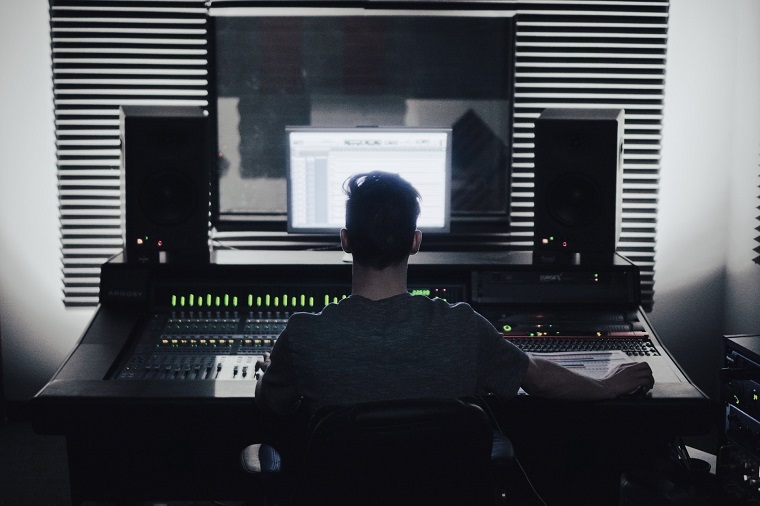
What surprises most potential home studio DIY’ers is that a decision to buy pro audio equipment doesn’t have to mean mortgaging the rest of the house.
You also want to keep in mind when looking at the options for sale that there’s no need whatsoever to jump straight into the deep (read: expensive) end of the equipment pool. The urge to associate spending the biggest bucks with getting the best results is a powerful obstacle to overcome, so remember: there’ll always be time to upgrade later. For now, you really want to stay focused on the creative process.
With that said, assuming you already have an instrument, the quality home studio truly only needs seven pieces of pro audio equipment to be functional:
1. A Computer
You have to have the device for all your processing and recording. Yes, you can certainly use the one you undoubtedly already have; but it won’t take you long to realise that there’s not enough memory (there never is) so you’ll have to invest in a more advanced design eventually.
2. A Digital Audio Workstation (DAW)
This is the actual software for doing all your editing, converting, and processing. With loads of features and patches, it’s the bit of kit that transforms your inspiration into a dynamic composition.
3. An Audio Interface
All your gear is connected to the computer through the interface – including your own instruments. It’s also responsible for converting signals between analogue and digital, and you can find it with as many IN/OUT connections as you can possibly imagine.
4. A Microphone
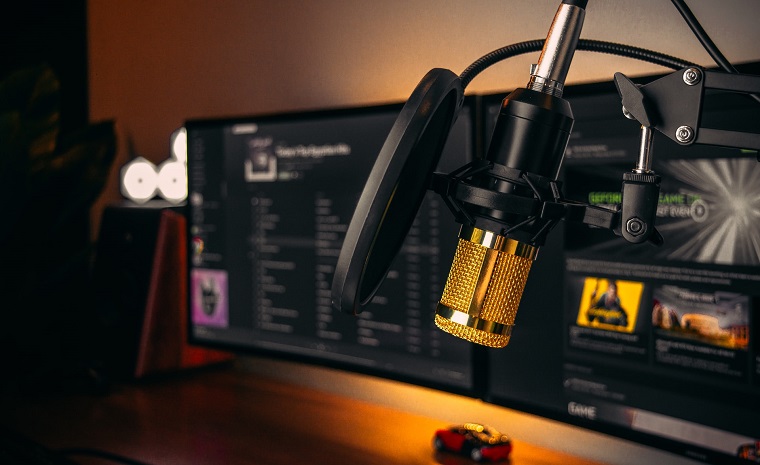
No way to capture your own voice, or instruments like acoustic guitars, without one. Because some mics do certain jobs better than others, you’ll quickly discover the need for quite a few different ones.
5. Headphones
Just like your microphone, different headphones are better suited for certain tasks than others. Regardless of whether they’re meant for tracking or mixing, you want to be sure that they can cancel as much external noise as possible.
6. Studio Monitors
As studio monitors are active (not passive) components they’re not the same as home stereo speakers. They’re designed to give you back the same “raw” sound that they’re given thus giving you the opportunity to tune the final product more precisely.
Obviously, other components can be added to this list. Even at the beginning, you may find that investing in a range of cables, along with microphone filters and stands is unavoidable. As tempting as the addition of a synthesizer might be, it’s not essential. The point remains the same: when you buy pro audio equipment, you don’t have to break the bank to get a great start.
Bringing your creativity
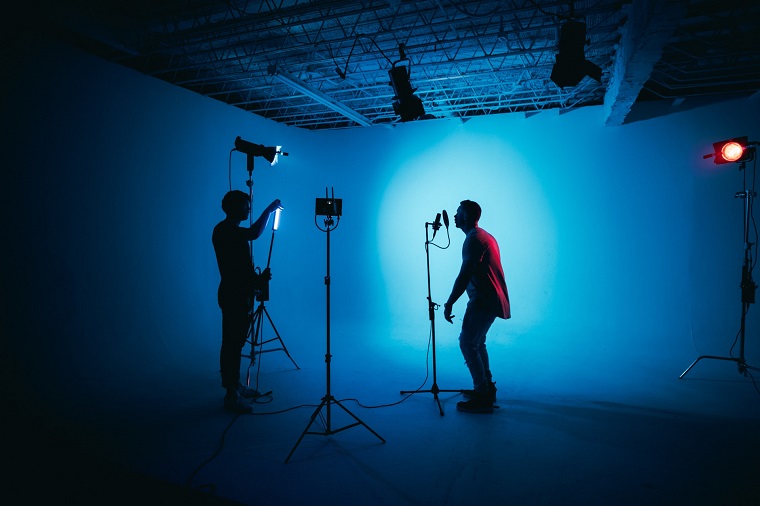
At the end of the day, it doesn’t matter if you’re producing music for an audience or for your own enjoyment, it’s important to remember that even after you acquire the essential gear, individual creativity will still be the biggest contributor to the final outcome. Having the right bits of monitors, headphones, mics, interfaces, audio workstations, computers and cables does indeed mean that you have the absolute best tools at your disposal, but the inspiration that comes with using them is the real payoff.
Writing for the blog since 2012, Chris simply loves the idea of providing people with useful info on business, technology, vehicles, industry, sports and travel – all subjects of his interest. Even though he sounds like quite the butch, he’d watch a chick flick occasionally if it makes the wife happy, and he’s a fan of skincare routines though you’d never have him admit that unless you compliment his impeccable skin complexion.

